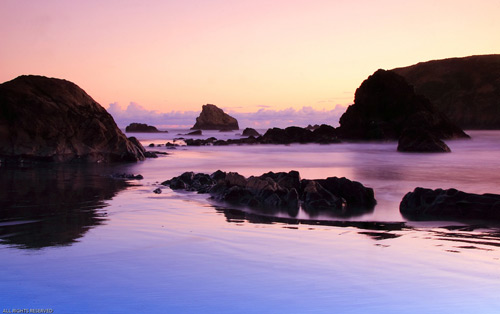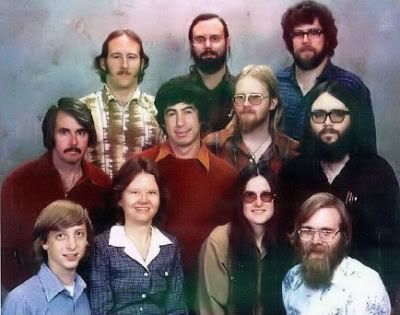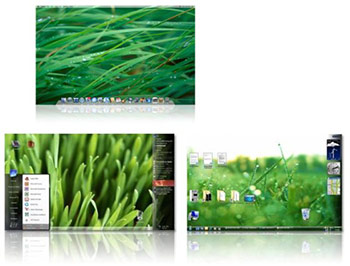Source(google.com.pk)
Windows Vista Wallpapers Biography
One of the purported advantages of DreamScene over previous methods of desktop animation is that it makes use of the GPU for display instead of the CPU, leaving the latter free to perform user tasks.[4] To what extent this is achieved is not specified. When a full-screen program is run, such as a game or any window that is maximized, the video will automatically stop since the video will not be seen and will use less GPU and CPU. The video can also be stopped manually. Content encoders need to strive for a balance between compression and file size; decompression requires the CPU, but larger files take up more memory and may cause the disk to be accessed more frequently.
Running a video in the background would have a significant impact on the battery life of mobile computers, whether or not it were rendered by the GPU, so DreamScene may display a static background when a computer is running on batteries.[6] The software relies heavily on the Desktop Window Manager (or DWM, part of Windows Aero).
Stardock offers a chargeable add-on for Windows DreamScene, called DeskScapes. This software allows the implementation of dynamic wallpapers (".dream" files). They have released a new version (2.0), which makes the program compatible with non-Ultimate editions of Vista.[8]
In Windows 7, DreamScene has been replaced by a "Desktop Slideshow" feature which produces slideshow background wallpapers, but does not support videos.












Windows Vista Wallpapers Biography
One of the purported advantages of DreamScene over previous methods of desktop animation is that it makes use of the GPU for display instead of the CPU, leaving the latter free to perform user tasks.[4] To what extent this is achieved is not specified. When a full-screen program is run, such as a game or any window that is maximized, the video will automatically stop since the video will not be seen and will use less GPU and CPU. The video can also be stopped manually. Content encoders need to strive for a balance between compression and file size; decompression requires the CPU, but larger files take up more memory and may cause the disk to be accessed more frequently.
Running a video in the background would have a significant impact on the battery life of mobile computers, whether or not it were rendered by the GPU, so DreamScene may display a static background when a computer is running on batteries.[6] The software relies heavily on the Desktop Window Manager (or DWM, part of Windows Aero).
Stardock offers a chargeable add-on for Windows DreamScene, called DeskScapes. This software allows the implementation of dynamic wallpapers (".dream" files). They have released a new version (2.0), which makes the program compatible with non-Ultimate editions of Vista.[8]
In Windows 7, DreamScene has been replaced by a "Desktop Slideshow" feature which produces slideshow background wallpapers, but does not support videos.
Windows Vista Wallpapers

Windows Vista Wallpapers

Windows Vista Wallpapers

Windows Vista Wallpapers

Windows Vista Wallpapers

Windows Vista Wallpapers

Windows Vista Wallpapers

Windows Vista Wallpapers

Windows Vista Wallpapers

Windows Vista Wallpapers

Windows Vista Wallpapers

Windows Vista Wallpapers

Windows Vista Wallpapers
No comments:
Post a Comment